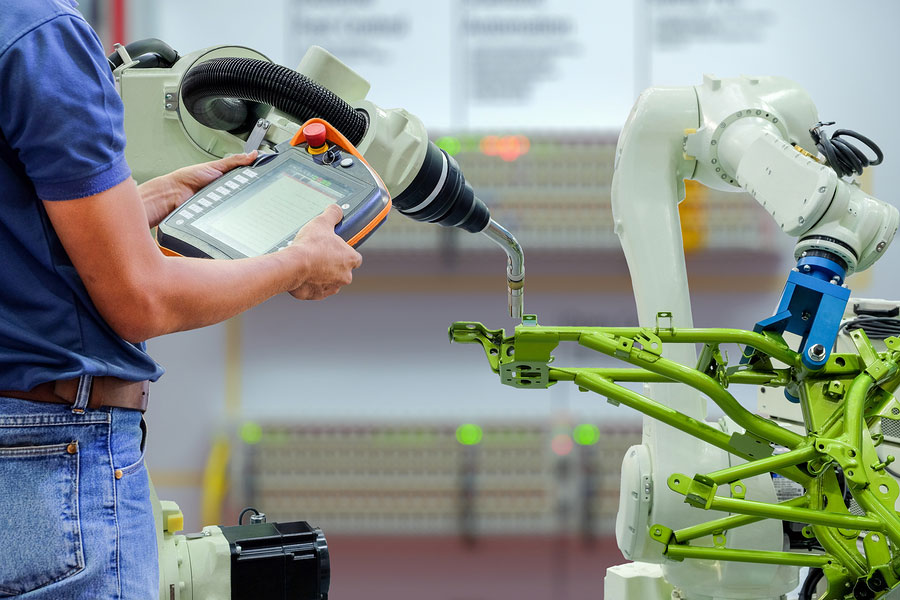In the summer of 2018, a number of stakeholders in the robotics automation industry met in Cincinnati, Ohio to share their views on the coming trends in the field, and how they might be advantageous to businesses. At the seminar, a number of live demonstrations were staged, and several respected speakers offered their perspectives on various aspects of the robotics automation field. Discussion topics included best practices for getting started in the industry, workforce training issues, case studies of successful companies, and forecasts for the future of robotics automation. A summary of those perspectives is shared below, and it should be apparent that there is indeed a bright future ahead for the industry of robotics automation.
Why is Robotics so Important to Manufacturing
The need for greater implementation of robots and automation in manufacturing grows every year, and now that need is coupled with an increased desire from many domestic companies to actually make it happen. A big driver for this increased desire for robotics is the global competition from other companies which have already implemented robotics on some level.
In order to compete with countries like China, the U.S. needs to gain the same kind of efficiencies and standardization which China has achieved in many of its factories. In the past, this foreign robotics usage was not a generally known fact, but as it becomes more universally understood, American manufacturers are now recognizing the need for keeping pace with foreign manufacturers. As a direct result, far more American companies are now interested in finding out a lot more about robotics automation, and also in moving toward rapid implementation.
Robotics Automatic Trends
There are a number of strong trends when it comes to automation in manufacturing, and speakers at the conference expect that these trends will become even hotter and more prevalent throughout the industry in the very near future. The three specifically mentioned trends gaining the most traction industry-wide are collaborative robots, machine tending, and mobile robots.
Collaborative robots are those which are created with the intention of working in tandem with humans, rather than in some isolated, shielded capacity. It was agreed that collaborative robots have the potential to be a huge part of the future of manufacturing, since they would have the capability for working side-by-side with human counterparts.
One of the biggest appeals of collaborative robots is that they can replace human operators in many cases, so that those operators can be freed up to work on more skilled areas. Since these kinds of robots are also extremely flexible and can be built at low cost, they provide an ideal solution for many manufacturing applications.
Machine tending is in its relative infancy in robotics, with a great deal more research currently ongoing. Some of the most common applications for machine tending robots at the moment are in guaranteeing the safe operation of other machines, thereby again freeing up valuable human resources for other tasks.
Mobile robots have the capability of moving throughout a facility, often being mounted on wheels, and having the ability to perform certain tasks autonomously. For instance, some mobile robots patrolling a manufacturing facility are able to perform machine tending, identify hazardous situations, and reduce the overall movements of human co-workers.
At Velocity Metalworks, we look forward to seeing how robotic automation continues to impact the manufacturing industry. We have become recognized as a valued partner in the metal stamping industry for our strong Tool Design and Build competency. This, combined with our metal stamping capacity, precision machining services, and EDM capability make us a full service provider that can deliver value in your tooling and stamping needs. Contact us today to see how we can help you work even better.

